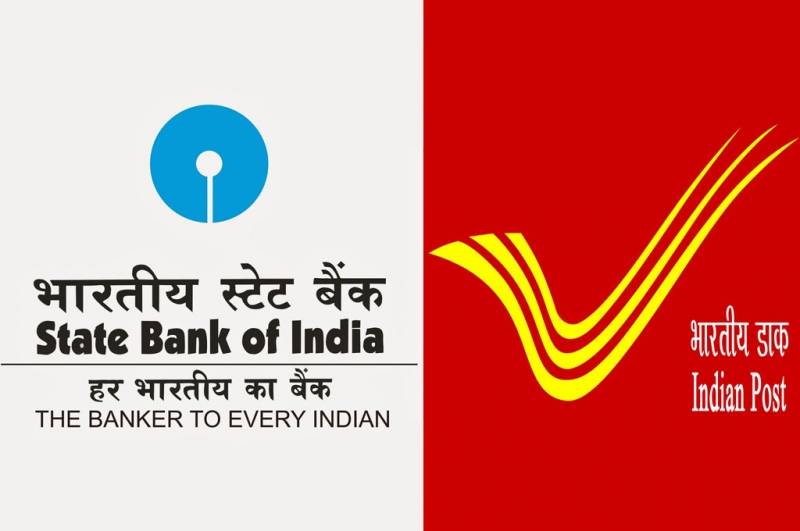New Delhi: An RD account allows you to deposit a pre-specified amount at pre-decided intervals. The instalment amount once fixed, cannot be altered. An RD account can be opened with a bank or post office. Both State Bank of India (SBI) and Post Office offer RD options to their customers.
SBI RD rates effective 8 January 2021
1 year to less than 2 years – 4.9%
2 years to less than 3 years – 5.1%
3 years to less than 5 years – 5.3%
5 years and up to 10 years – 5.4%
5-Year Post Office Recurring Deposit Account (RD) effective 1 January 2021
5.8 % per annum (quarterly compounded)
Here is a comparison of RD accounts offered by SBI and post office:
1) SBI RD interest rates vary between 5%-5.4% for the general public and an additional interest rate hike of 50 basis points for senior citizens. These rates are effective from 8 January 2021. Post Office RDs offer 5.8% per annum, compounding quarterly. These rates are effective from 1 January 2021.
2) SBI recurring deposits have maturity ranging from 1 year to 10 years, but Post Office offer RDs for a tenure of 5 years only.
3) An SBI RD account can be opened by cheque/cash, but an RD account in a Post Office can be opened by cash only.
4) You can open an SBI RD account online through net banking facility, but for opening a post office RD account you have to visit the Post Office branch.
5) In SBI RD account, customers are required to make monthly deposits of a minimum of ₹100 and in multiples of ₹10. There is no maximum limit on the deposits. But the minimum amount required for opening a Post Office RD is ₹10 per month or any amount in multiples of ₹5. However, there is no maximum limit on investment.
6) The government decides the 5-year RD rate for Post Office. However, for SBI, the interest rates vary from tenure to tenure.


Comments are closed.